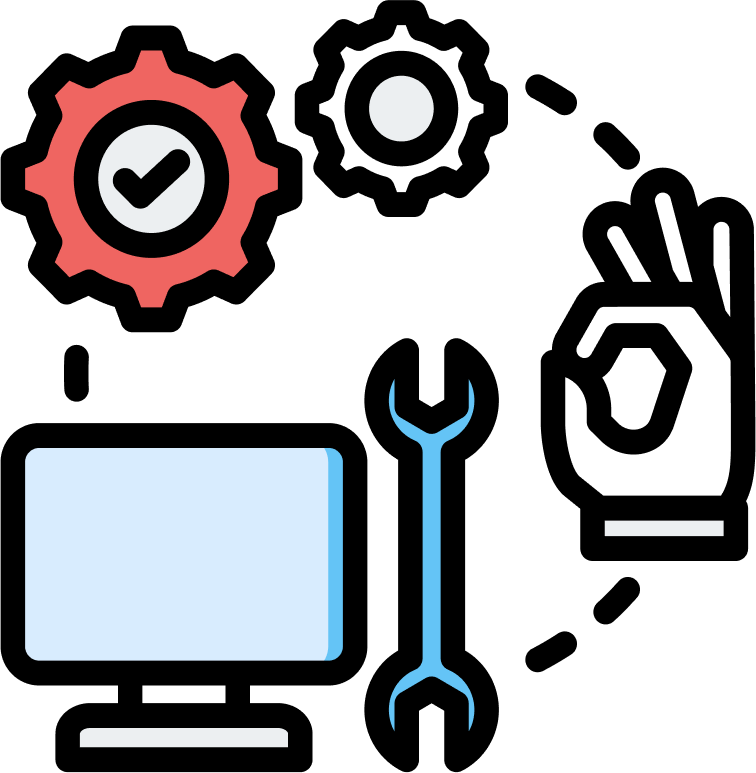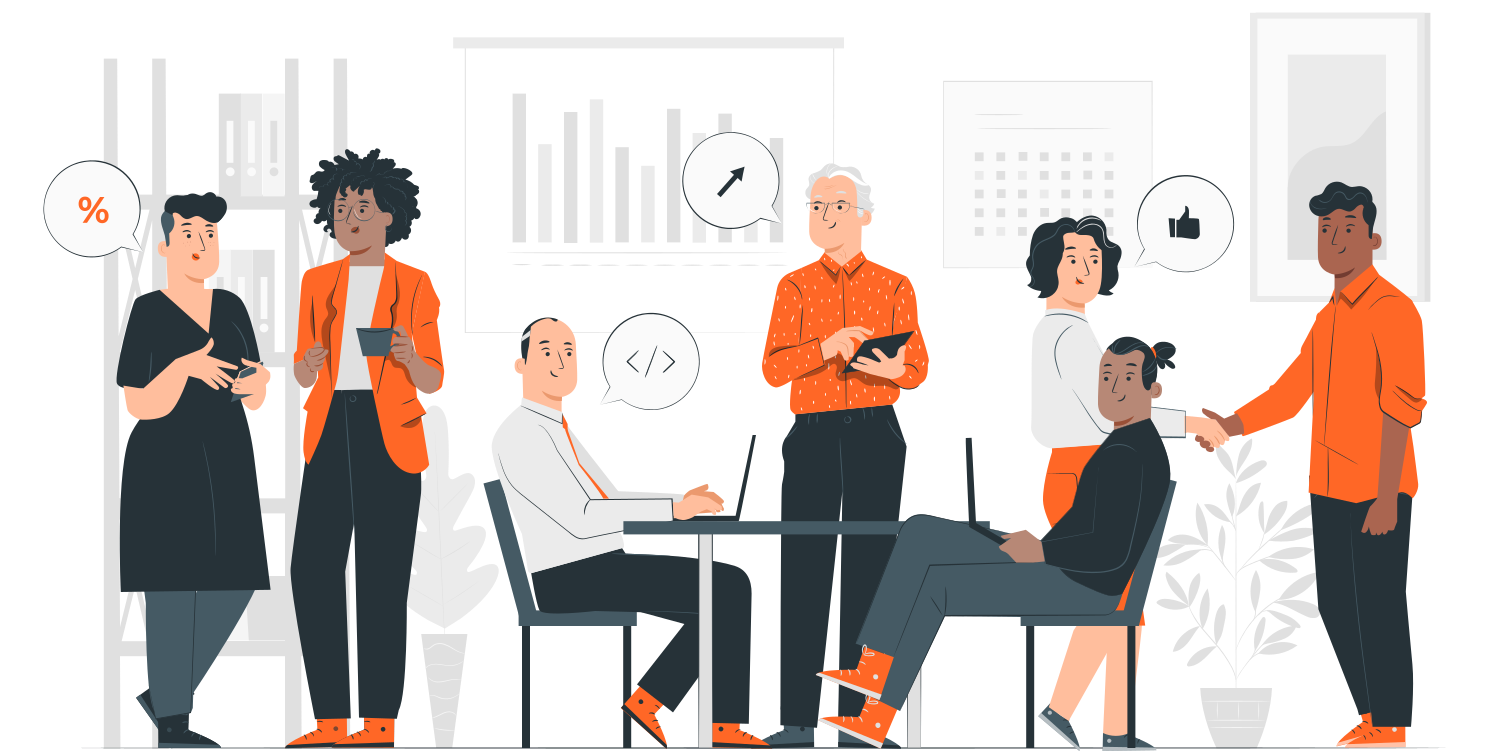 Loading Please Wait...
Loading Please Wait... Loading Please Wait...
Loading Please Wait...Development service is the process of creating and maintaining websites, apps, and software to help businesses run smoothly. It includes building websites, mobile apps, online stores, and custom software to meet different needs. Developers work on both the visible part (design and user experience) and the hidden part (database, security, and performance) to ensure everything works well. These services help businesses grow by making their operations easier, improving customer experience, and keeping their digital platforms safe and up to date. Whether it’s a simple website or a complex system, development services make sure businesses have the right tools to succeed in the digital world.

App development is the process of creating mobile applications for iOS, Android, or cross-platform use. It involves designing, coding, testing, and deploying apps to provide seamless user experiences. Apps can be native (built for a specific OS), cross-platform (compatible with multiple OS), or web-based.
App Development Flow
Web development is the process of building and maintaining websites or web applications. It includes frontend development (UI/UX), backend development (server, database, APIs), and full-stack development (both frontend and backend). Web development ensures websites are responsive, functional, and user-friendly.
Web Development Flow
E-commerce development is the process of creating online stores and platforms for businesses to sell products or services digitally. It includes designing the website/app, integrating payment systems, managing products, and ensuring a secure and smooth shopping experience.
E-commerce Development Flow
Cloud development is the process of building, deploying, and managing applications and services in cloud environments instead of traditional on-premises servers. It enables scalability, flexibility, and remote access while leveraging platforms like AWS, Google Cloud, and Azure.
Cloud Development Flow
